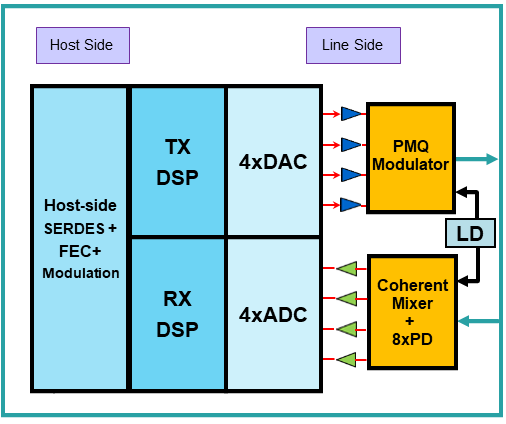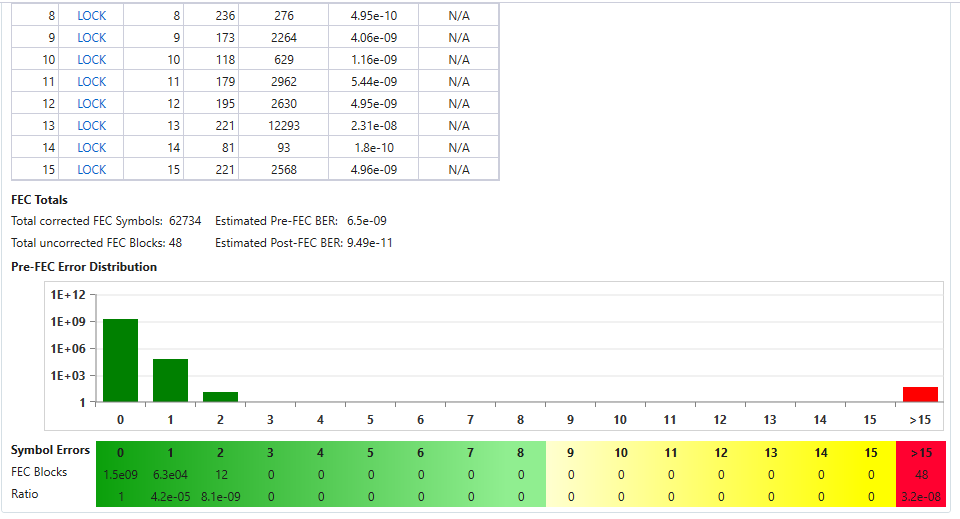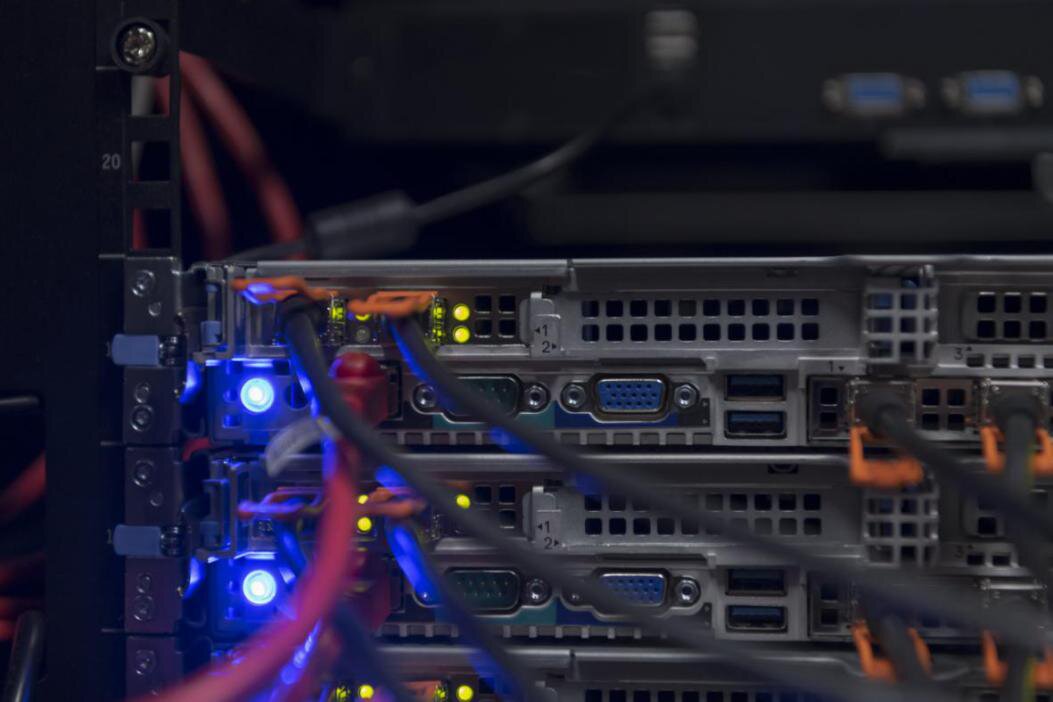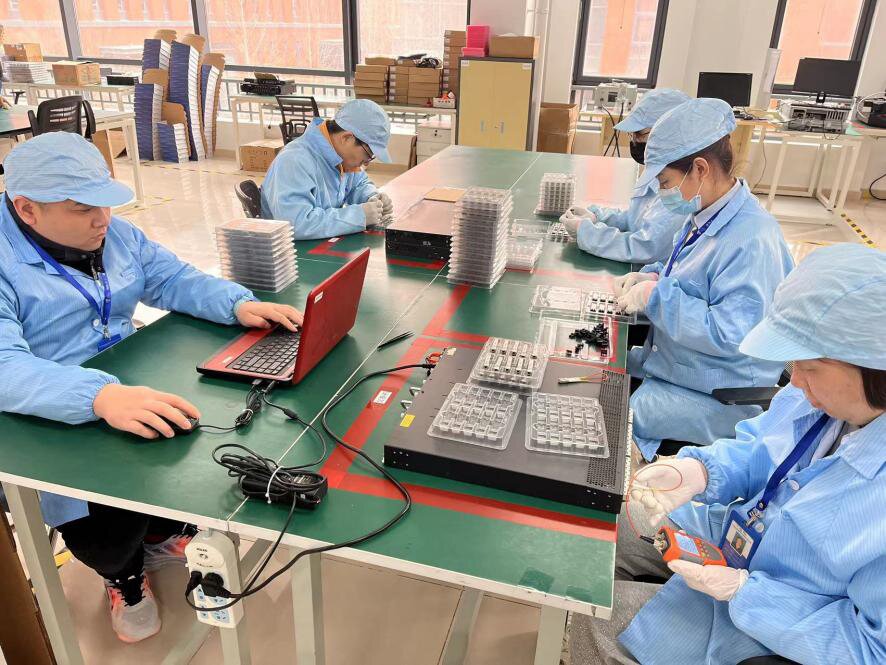PRODUCTS

- As shown in Figure 1, in the coherent optical module, at the transmitter side, the customer then the electrical signal through the digital signal processing function in the DSP chip to complete the specific probability distribution and QAM mapping of the symbols, which includes the probability distribution matching, FEC coding, QAM mapping, and other functions, and then the digital QAM signal of t1429

- With the rapid development of 5G services, the entire network, from access to the core, must upgrade to higher data rates to meet the demands of the business. However, higher rates also mean higher power consumption. To reduce the operating expenses of operators, making networks more environmentally friendly and energy-efficient, power reduction in optical devices and transceiver modules has becom1850

- Differences in Application Scenarios between Single-Mode and Multi-Mode Optical ModulesIn the field of optical fiber communication, optical modules are indispensable components. Based on the transmission mode of optical fibers, optical modules can be categorized into single-mode optical modules and multi-mode optical modules. What are the differences between them? And in which scenarios are they r1514

- Fiber optic network cards play a crucial role in modern communication systems, and their reliability directly influences the stable operation of the entire communication system. However, fiber optic network cards may encounter some faults during practical applications, severely affecting communication quality. This article will analyze common reasons for fiber optic network card failures from a pr1706

- The optical module is a core component in optical fiber communication systems, and its performance parameters directly impact the transmission rate, stability, and reliability of the entire system. This article will analyze key performance parameters such as transmission rate, wavelength, numerical aperture (NA), output power, and receive sensitivity of optical modules. It will also discuss how to1288


 CHS
CHS Walsun Mall
Walsun Mall










